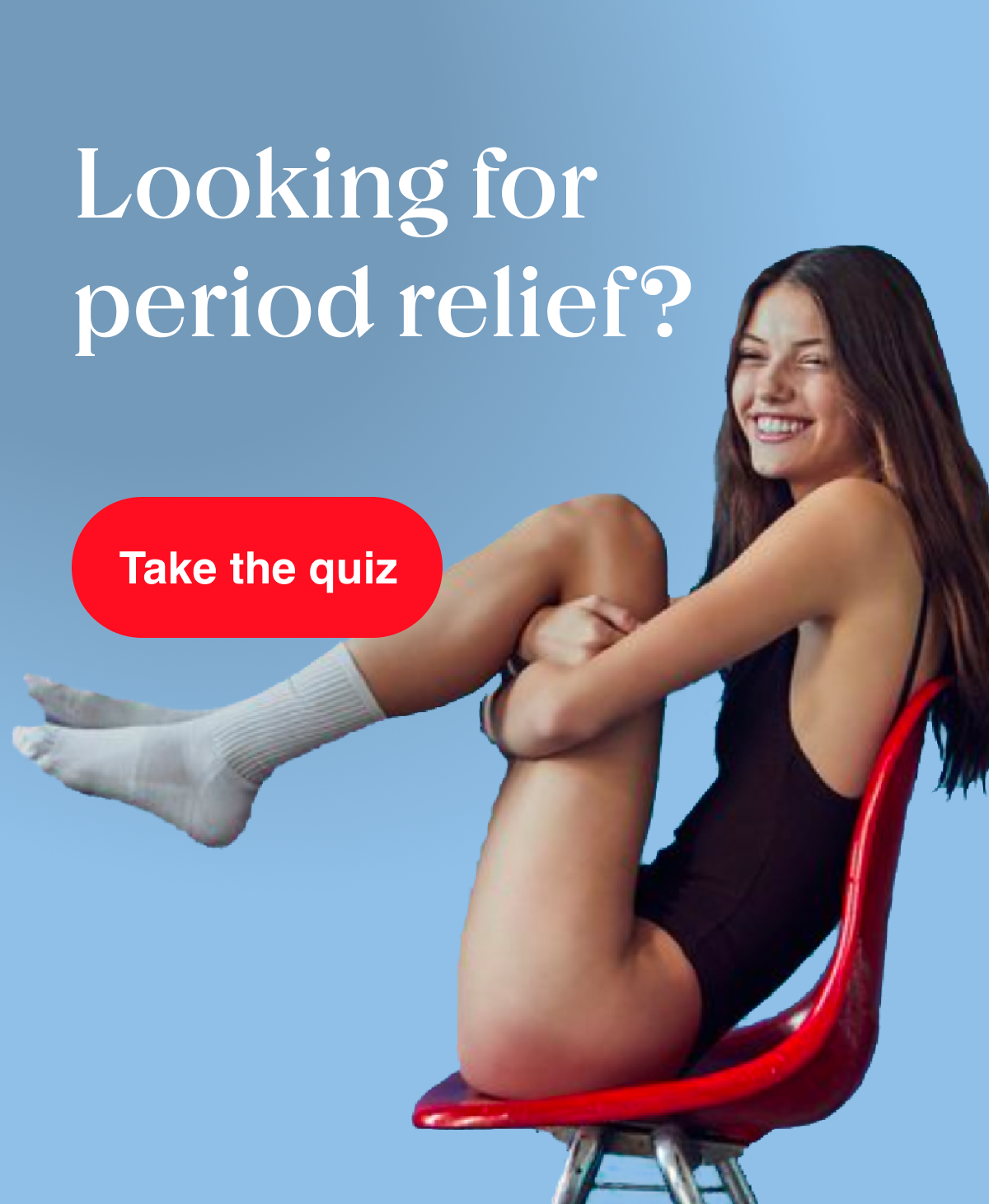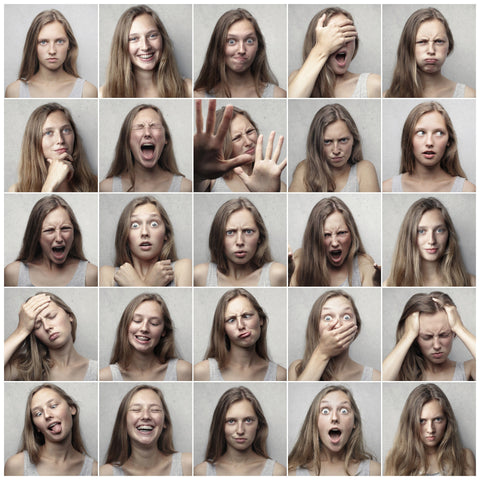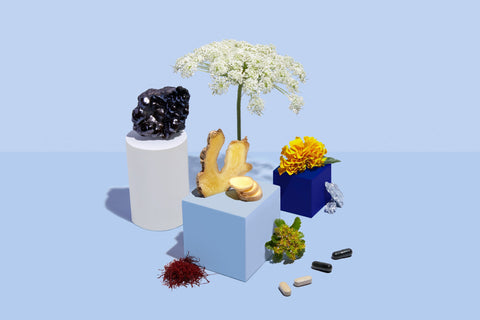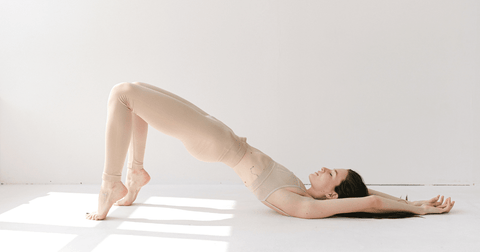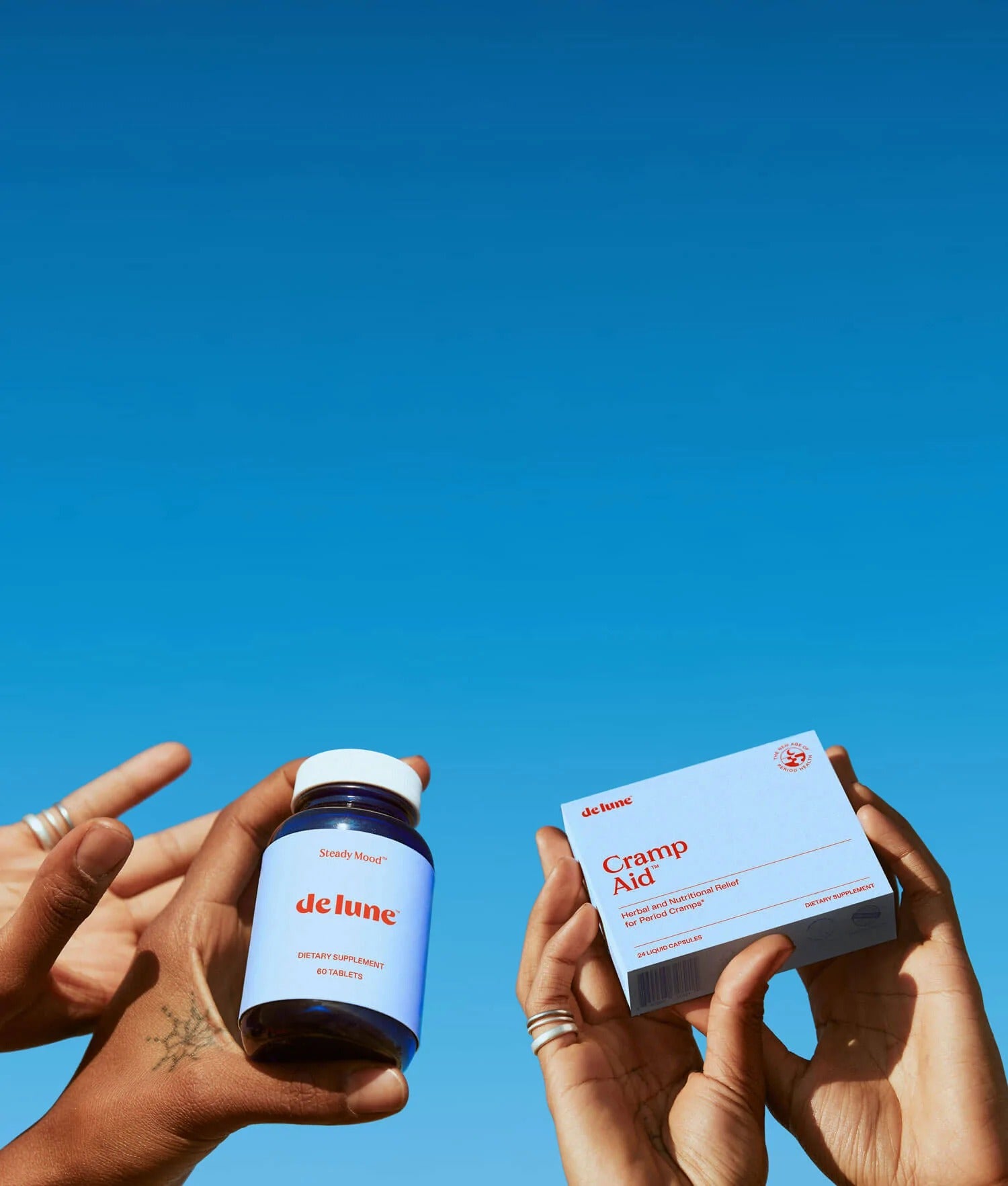Recurring period symptoms are extremely common, often damaging, and totally treatable with proper care. And yet, far too many people do nothing to manage them.
Internalizing monthly cramps and PMS as “just the way it is” is so common, we gave it a name: symptom acceptance.
As the self-care movement continues to mobilize on social media, popularizing taking a proactive approach to health and wellness, we have some thoughts about how the movement could better serve those with period pain and PMS.
Key takeaways from this article:
- In our opinion, the self-care movement overemphasizes aesthetic-driven wellness trends, and under-emphasizes period symptom management as a wellness practice.
- Ignoring the importance of actively addressing period pain in mainstream self-care culture normalizes “powering through” and reinforces symptom acceptance. People miss out on feeling good all month long as a result.
- Period problems are of huge public health significance. Leaving them out of the self-care ethos is a big missed opportunity to improve the lives of menstruating people.
- We suggest easy ways to incorporate caring for your period health into your personal self-care routine.
Periods don’t fit into social media’s idea of self-care
Self-care can mean different things to different people. But at its core, self-care is the practice of preserving or improving one's health.
Though you may not know it from searching #selfcare on Instagram—the platform that, in large part, is responsible for lifting self-care into the mainstream consciousness. Instead, the social media version of self-care may imply that CBD bath bombs or drinking wine in a facemask, for example, are all you need to live a more mindful, peaceful life. And because it’s Instagram, no matter the form your self-care takes, the expectation is that it needs to look good.
Through society’s obsession with making self-care an aesthetic, we fear we’ve lost sight of the spirit of the movement: empowering people to take an active role in their long-term wellbeing.
Period symptom management isn’t an aesthetic. Periods generally aren’t considered Instagram-worthy (unless you’re us) due to centuries of menstrual stigma. Cramps are invisible, and relief is difficult to photograph. But your symptoms still deserve proper care to support your overall health.
How the self-care movement is failing people with period pain
Consequences of unmanaged period pain can include diminished work and school performance, deteriorated social relationships, and reduced overall quality of life. A few alarming statistics:
- Period cramps are the leading cause of missed school and work in women under 30.
- PMS moderately or severely affects daily activities in up to 35% of people with periods.
- 70% of people with PMS and 42% of people with cramps report that their symptoms affect their ability to do their job.
In the long-term, research shows not addressing period pain can have scary, negative effects on mood, sleep, sensitivity to pain, and may even predispose people with cramps to other painful chronic conditions later in life.
When we don’t talk about the dangers of period symptoms to physical and mental health, we risk growing complacent, accepting our symptoms as something that’s “supposed to” happen, and missing out on an easier period as a result.
When we don’t talk about the importance of menstrual health in mainstream media, it signals that it’s okay to power through your period cramps as if nothing’s happening, but it’s not okay to skip your #selfcaresunday ritual.
We think it’s high time that the self-care movement valued period symptom management like it values Instagram-worthy wellness trends: as a priority and necessity, not an afterthought.
How to incorporate period care into your self-care routine
Social media’s version of self-care may never fully recognize the importance of period symptom management. But you can.
Here are some ways you can incorporate caring for your period health into your personal self-care routine:
Make a menstrual ritual
Having certain practices you associate with your period can help you prepare and put your mind at ease. Our menstrual ritual includes tracking our cycle, reflective journaling, and taking Cramp Aid. But yours can include any activity that brings you peace and calm, like gentle yoga, meditation, or binge watching your favorite show.
Consider rest productive
It’s not always appropriate to hold yourself to the same productivity standards as you do elsewhere in your cycle. If you’re feeling fatigued, your body is telling you it needs rest. Honor it without guilt. If you’re an employee, inquire about menstrual leave to HR. If you’re an employer, consider implementing a menstrual leave policy; research shows productivity losses are 7 times greater when workers power though their jobs while experiencing period pain, compared to if they were to just take the day off.
Get comfortable with periods in public
We all have a role to play in destigmatizing periods. Every time you engage with content about periods or follow period activists or educators, you’re doing your part to normalize menstruation on social media. Share your period journey or menstrual ritual on your account to help others learn from what’s helped you, and help advance period care into mainstream self-care culture.
Switch to natural symptom relief
While treating period symptoms is an important part of self-care, it’s not exactly “care” when the treatment does more harm than good. Over-the-counter painkillers are the status quo treatment option for period cramps, and hormonal birth control is commonly used to treat PMS. However, both of these drugs can cause nasty side effects.
We made Cramp Aid as a natural, safer alternative to pharmaceuticals for period cramps, and Steady Mood as a natural, non-hormonal solution to PMS.
Cramp Aid and Steady Mood are nutritionist-formulated with research-backed, high-potency nutrients and herbs that fight period symptoms even before they start.
Both are short-term and long-term solutions. Cramp Aid relieves cramps within 45 minutes for the majority of users, and most people report an improvement in PMS symptoms after using Steady Mood for just one cycle. But unlike pharmaceuticals, they’re actually good for you and support your overall menstrual health. Research shows their ingredients can help make periods easier and easier over time.
The future of period care as self-care
We appreciate that Instagram has brought self-care mainstream. Through social media virality, more people are taking better care of themselves, and we love to see it.
However, we’d also appreciate if the mainstream kept that same energy toward addressing period symptoms as a self-care practice.
As a society, we hardly talk about—let alone prioritize—the importance of proactively supporting your period health and managing symptoms with holistic practices. If we did, perhaps 90% of menstruating people wouldn’t have to battle difficult symptoms every month.
We founded De Lune to lift the period burden and set a new standard for happy, healthy menstrual cycles. At De Lune, periods are supported and celebrated, and symptoms never hold you back.
Take our quiz to learn which natural period relief solutions are best for your symptoms.
Download our ebook, The Period Hacker’s Handbook: 4 Holistic Hacks for a More Manageable Period, for more research-backed strategies to support your menstrual health.



